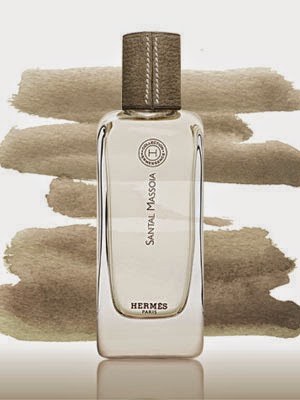Butterfly Ginger Pommade
Dabney Rose's Butterfly Ginger (Ginger Lily) Pommade is nothing short of a miracle. But for you to understand, let's first explain what pommade is. And no, it is not spelled "pomade", much to my autocorrect's disapproval. This is the French word for a step in the enfleurage process. Enfleurage is the fat (usually from an animal source) that has been fully saturated with a flower essence. Once this is achieved, the pommade will be washed with alcohol and produces an extrait (an alcoholic dilution of flower extract). When this alcohol is removed by evaporation, it leaves behind the pure flower absolute (much like any other extraction process).
There are a few things that are unique about Dabney Rose's pommade: first of all, she makes them by hand from plants that she lovingly grows in her garden and hothouse. Secondly, it is sold as is, without further washing in alcohol - thus offering a pure, fresh flower scent in a solid perfume form. Thirdly, the fats she uses to absorb the living flower's beautiful perfume are vegan (I believe it is coconut oil, but it might be mixed with other vegetable oils).
Specifically, the Butterfly Ginger Pommade is stunning. Even though it is made of just one plant, it smells like a complete perfume, yet also smells very alive. As a point of reference, thing of a floral green such as Laura Ashley No.1, sans all the sharp and headachy notes that this genre tends to give me (much to my dismay, as I do admire green florals). It also reminds me of a certain fancy soap that was the household name at my best friend's home: a fine white soap with a very clean yet floral, exotic aroma.
This ginger flower is not at all ginger-like, even though it could be described as slightly spicy. I haven't smelled it in real life, so forgive me if my points of reference are commercial items. At the same time though, I'm sure this is very true to a fresh living flower. It perfectly retains that character and authenticity. This is the kind of thing that you may not be able to describe, but you certainly can feel.
Dabney Rose's offerings are seasonal in nature, and are made in very small batches. The website doesn't a catalogue or shop yet, so it's best to follow here Facebook and twitter stream, and order immediately when something that strikes your fancy is out of her still or enfleurage trays.



